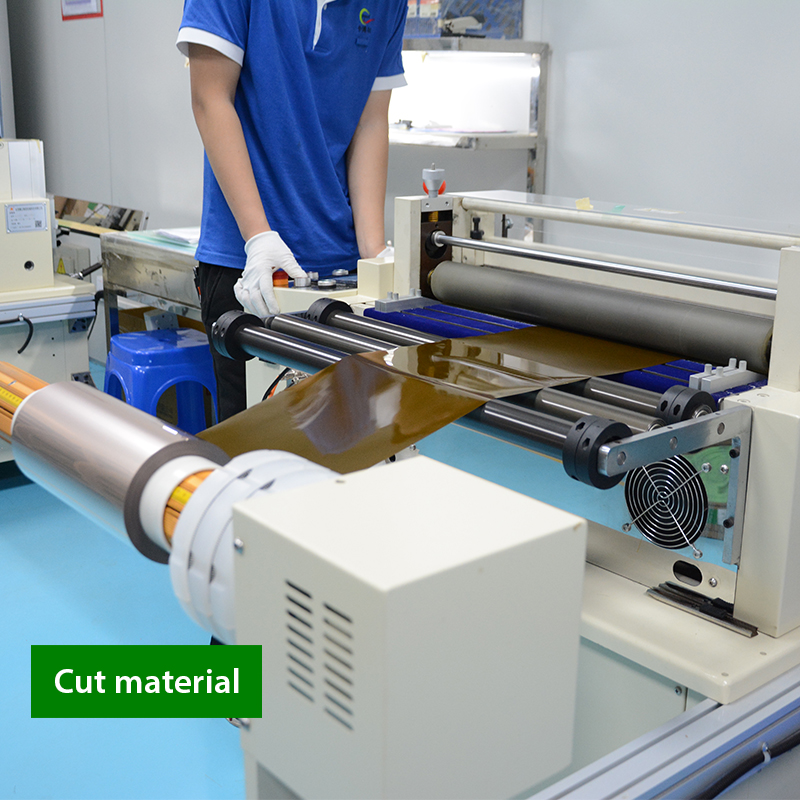Introduce
Flexible printed circuit (FPC) materials are widely used in electronics manufacturing due to their flexibility and ability to fit into compact spaces. However, one challenge faced by FPC materials is the expansion and contraction that occurs due to temperature and pressure fluctuations. If not properly controlled, this expansion and contraction can cause product deformation and failure. In this blog, we will discuss various methods of controlling expansion and contraction of FPC materials, including design aspects, material selection, process design, material storage, and manufacturing techniques. By implementing these methods, manufacturers can ensure the reliability and functionality of their FPC products.
Design aspect
When designing FPC circuits, it is important to consider the expansion rate of the crimping fingers when crimping ACF (Anisotropic Conductive Film). Precompensation should be done to counteract expansion and maintain desired dimensions. Additionally, the layout of the design products should be evenly and symmetrically distributed throughout the layout. The minimum distance between each two PCS (Printed Circuit System) products should be kept above 2MM. Additionally, copper-free parts and via-dense parts should be staggered to minimize the effects of material expansion and contraction during subsequent manufacturing processes.
Material selection
Material selection plays a vital role in controlling the expansion and contraction of FPC materials. The glue used for the coating should not be thinner than the thickness of the copper foil to avoid insufficient glue filling during lamination, resulting in product deformation. The thickness and even distribution of glue are key factors in the expansion and contraction of FPC materials.
Process Design
Proper process design is critical to controlling the expansion and contraction of FPC materials. The covering film should cover all the copper foil parts as much as possible. It is not recommended to apply the film in strips to avoid uneven stress during lamination. In addition, the size of PI (polyimide) reinforced tape should not exceed 5MIL. If it cannot be avoided, it is recommended to perform PI enhanced lamination after the cover film is pressed and baked.
Material storage
Strict compliance with material storage conditions is critical to maintaining the quality and stability of FPC materials. It is important to store materials according to the instructions provided by the supplier. Refrigeration may be required in some cases and manufacturers should ensure that materials are stored under recommended conditions to prevent any unnecessary expansion and contraction.
Manufacturing Technology
A variety of manufacturing techniques can be used to control the expansion and contraction of FPC materials. It is recommended to bake the material before drilling to reduce expansion and contraction of the substrate caused by high moisture content. Using plywood with short sides can help minimize distortion caused by water stress during the plating process. Swinging during plating can be reduced to a minimum, ultimately controlling expansion and contraction. The amount of plywood used should be optimized to achieve a balance between efficient manufacturing and minimal material deformation.
In conclusion
Controlling the expansion and contraction of FPC materials is critical to ensuring the reliability and functionality of electronic products. By considering design aspects, material selection, process design, material storage and manufacturing technology, manufacturers can effectively control the expansion and contraction of FPC materials. This comprehensive guide provides valuable insights into the various methods and considerations required for successful FPC manufacturing. Implementing these methods will improve product quality, reduce failures, and increase customer satisfaction.
Post time: Oct-23-2023
Back







